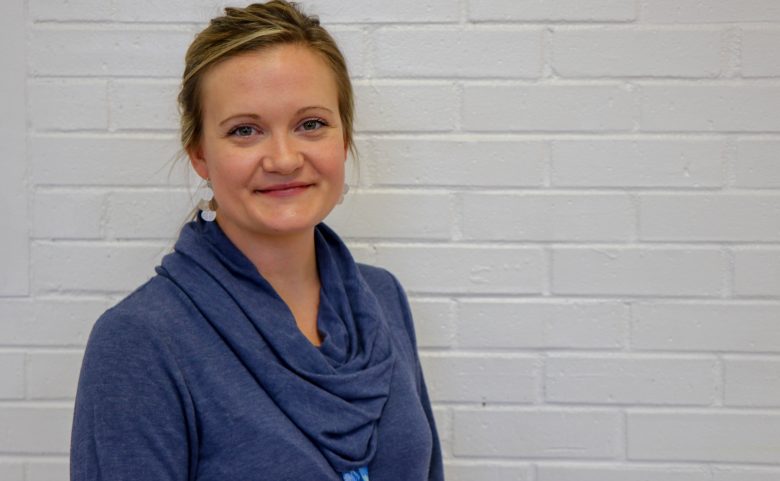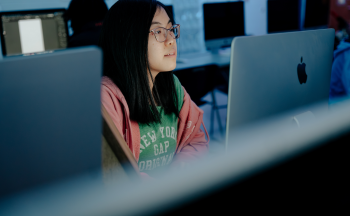In honor of National School Psychology Awareness Week (November 12-16 2018), we’re introducing you to each of our 10 school psychologists, and letting them explain what their jobs in our schools look like. They’re also going to debunk some common misconceptions about their roles.
Meet: Tracey Bassett, MSP, SSP
What’s a myth about the role of a school psychologist you’d like to dispel?
I do not have a fainting couch in my office.
What is a favorite element of your job?
At my base schools, I am particularly passionate about supporting students behaviorally by developing strategies to help with the self-regulation of their emotions and their attention. I enjoy watching students use these skills to become empowered both socially and academically at school.
What exactly is “self-regulation?”
Self-regulation involves all of the things occurring internally to manage our attention, behavior, and emotions. We teach students these strategies with the hope that it also increases their self-awareness of their own learning and needs. School psychologists often work in tandem with counselors, speech/language pathologists, and occupational therapists to target self-regulation at school. I have presented to my coworkers about ways to support students’ focus, including providing sensory materials in their desks, physical movement, creating classroom visuals, and developing behavior plans.
What sort of materials do you use to support students working on self-regulation?
Some of the supports we regularly use include bands on students’ desks or wiggle cushions on their seats that allow for physical movement while remaining seated. We also stick Velcro strips underneath desktops to provide a different kind of sensory input.
You also mentioned behavioral approaches to emotion and attention regulation. What does that look like?
More social/emotional or behavioral strategies include teaching children about zones of regulation (i.e. recognizing their own emotions), social thinking (e.g. matching the size of your problem to the size of your reaction), and resiliency. In addition to teaching these children about their own regulation, I provide resources for these same students to use what they’ve learned to self-regulate; sometimes that means helping teachers create “zen zones” in their classrooms so students have a safe place to go when they become sad, frustrated, or upset. Or it may mean staying up late at night making sensory bottles full of glitter and water beads to help certain children find calm when they are feeling overwhelmed.







